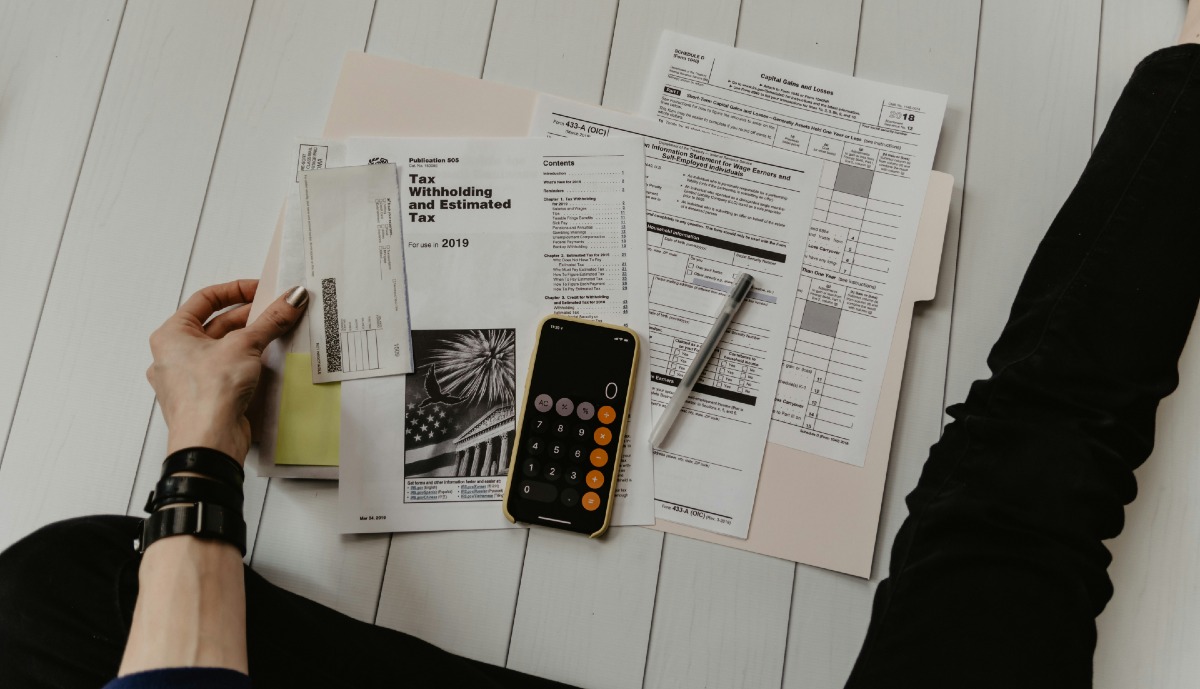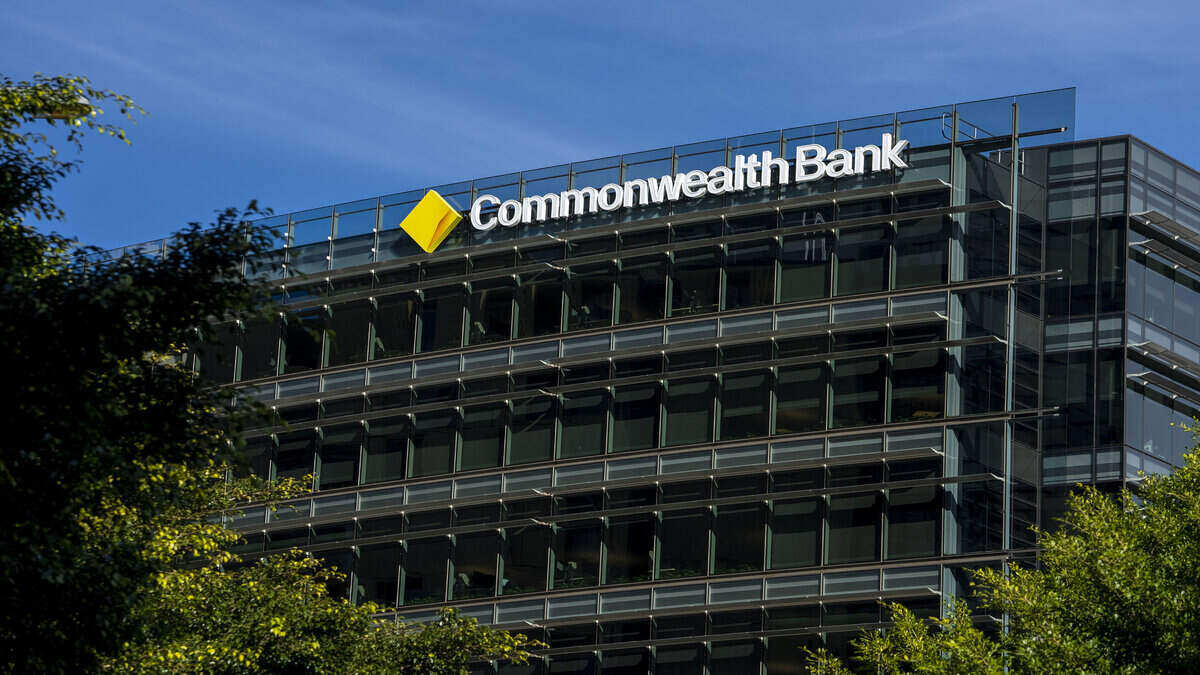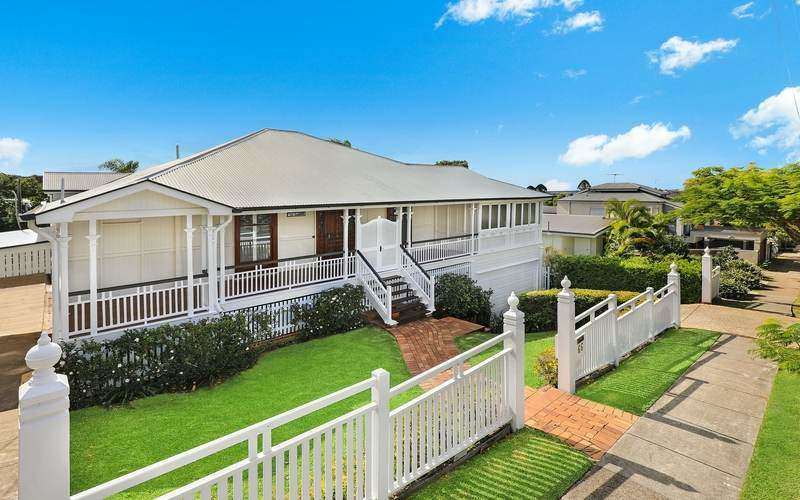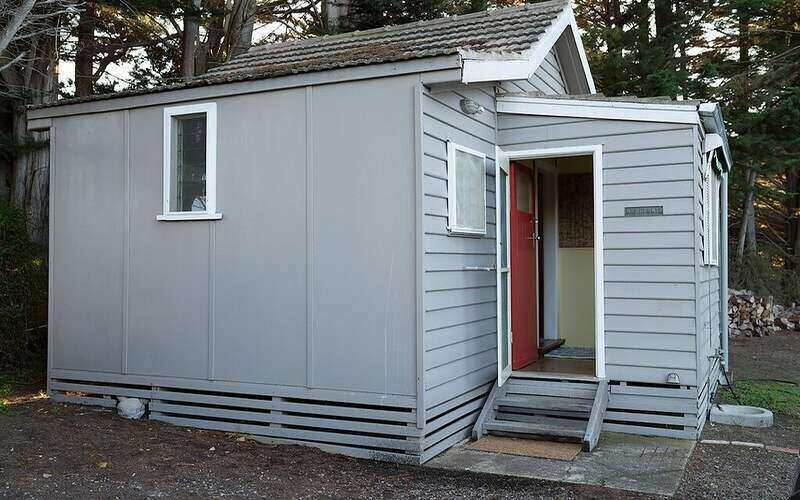Investing in property has been a well-trodden path for Australians looking to build wealth. According to the Australian Taxation Office (ATO), more than 2.2 million Australians, or around 20% of the country's 11.4 million taxpayers, owned an investment property in the 2020-21 financial year, the latest period covered by the ATO's official data.
In the post-pandemic years, Australia's tight rental market drove national rents to record highs, fuelled by record immigration, plunging rental vacancy rates, and slumping building approvals for new dwellings. However, rental growth rates have slowed in recent times as the market stabilises, but that hasn't dampened investor enthusiasm. In 2024, investors accounted for 37% of home lending - up from 34% in 2023 and 33.5% in 2022.
But as a property investor - or potential investor, it's vital to know how rental income is taxed and what rental property expenses can be claimed as tax deductions. Australia's tax laws pertaining to investment properties are also quite different to many other countries. Here is a handy guide to the basics:
Rental income for tax purposes
In the eyes of the ATO, any income you receive from renting out your property - all or part of it - is considered to be assessable taxable income along with wages, share dividends, any interest earned from term deposits or savings accounts, and any other income sources. This means rental income must be declared in your annual income tax return and will be taxed at your marginal tax rate.
Current marginal tax rates in Australia for 2024-25 are as follows:
|
Taxable income |
Tax on this income |
|---|---|
|
0 - $18,200 |
Nil |
|
$18,201 - $45,000 |
16c for each $1 over $18,200 |
|
$45,001 - $135,000 |
$4,288 plus 30c for each $1 over $45,000 |
|
$135,001 - $190,000 |
$31,288 plus 37c for each $1 over $135,000 |
|
$190,001 and over |
$51,638 plus 45c for each $1 over $190,000 |
Note: New tax cuts will apply from 1 July 2026, with the bottom 16% tax rate reduced to 15% with a further reduction to 14% on 1 July 2027. (Subject to May 2025 election result.)
As such, if your annual income before tax is $80,000 and you receive $20,000 in rental income a year (before deductions), that brings your total taxable income to $100,000. In simple terms (not taking into account deductions), you'd pay $22,788 in tax for the year, including the 2% Medicare levy. But property investors are entitled to claim a range of expenses as tax deductions.
Deductions that can reduce tax on rental income
Under Australian tax law, many property expenses can be claimed as deductions as long as they are for an investment property, not your principal place of residence. Some of the main types of claimable expenses include management and maintenance costs, borrowing expenses, and depreciation. Of course, you can't claim deductions on things you don't pay for in the first place, such as improvements paid for by your tenants or any utility bills they pay. Let's check some examples of what you can claim.
Management and maintenance costs
-
Advertising to find new tenants
-
Rental agent or property management fees and commissions
-
Cleaning costs, pest control
-
Electricity and gas not paid by the tenant
-
Home, contents, and landlord insurance
-
Gardening costs (although not major landscaping that will increase the value of the property)
-
Legal expenses for matters involving rental activities
-
Accountancy or tax advice costs associated with the rental property
Borrowing expenses
-
Lender's mortgage insurance (if applicable)
-
Title search fees
-
Mortgage broker fees (if applicable)
-
Stamp duty (not tax deductible up front but can be claimed as a 'buying cost' when you later sell the property)
-
Interest paid on an investment loan (but not the principal amount)
If you're in the market for an investment loan, the table below features some of the most competitive interest rates currently available on the market:
| Lender | Home Loan | Interest Rate | Comparison Rate* | Monthly Repayment | Repayment type | Rate Type | Offset | Redraw | Ongoing Fees | Upfront Fees | Max LVR | Lump Sum Repayment | Extra Repayments | Split Loan Option | Tags | Features | Link | Compare | Promoted Product | Disclosure |
|---|---|---|---|---|---|---|---|---|---|---|---|---|---|---|---|---|---|---|---|---|
5.64% p.a. | 5.66% p.a. | $2,883 | Principal & Interest | Variable | $0 | $210 | 70% | |||||||||||||
5.79% p.a. | 5.82% p.a. | $2,931 | Principal & Interest | Variable | $null | $null | 70% | |||||||||||||
5.74% p.a. | 5.80% p.a. | $2,915 | Principal & Interest | Variable | $0 | $799 | 80% | |||||||||||||
5.79% p.a. | 5.98% p.a. | $2,931 | Principal & Interest | Variable | $199 | $0 | 70% | |||||||||||||
5.84% p.a. | 5.90% p.a. | $2,947 | Principal & Interest | Variable | $0 | $835 | 70% |
Depreciation
This covers 'wear and tear' expenses under two categories: 'capital works' on structural elements of the property and 'plant and equipment' on fixtures and fittings.
Captial works expenses can include work on:
-
The roof
-
Walls
-
Driveway
-
Exterior
Plant and equipment examples include:
-
Carpets
-
Appliances
-
Curtains
-
Air conditioners
-
Furniture
Keep in mind, the above lists of claimable expenses are not exhaustive. It's recommended to check the ATO's guidelines on investment property deductions for more information. Hiring an accountant can also be worthwhile if you're struggling to keep track of permitted deductions, particularly seeing accountancy fees are tax deductible.
What you can't claim as a rental property expense
-
Expenses from the personal use of your property
-
Repayments of the principal borrowed to purchase
-
Solicitor or conveyancer fees from the purchase or sale
-
Travel expenses to carry out inspections of the property (not claimable since July 2017)
Don't forget about land and property taxes
But wait, there are more investment property deductions you can claim in the form of land and property taxes. Here are the main ones:
Property tax
This is more generally known as council rates which fund local government services such as rubbish collection and maintenance of local public facilities such as residential streets, parks, and libraries. The charges vary based on the location and value of your property. In Australia, council rates are payable by the owner of a rental property, not the tenants living there. These are claimable as tax deductions each year, but only for periods when the property was rented.
Land tax
In Australia, land tax is an annual tax payable on property you own that is not your principal place of residence. It applies in every Australian state and territory, except for the Northern Territory. In most jurisdictions, it is not levied on all properties, only those valued above a set land tax threshold. If land tax applies to your rental property, it is also tax deductible.
Capital gains tax applies to investment properties
Unlike your home - or principal place of residence - in tax terms, when you sell an investment property, it is subject to capital gains tax. Basically, when you sell a capital asset (such as property or shares), you make either a capital gain (selling for more than you bought it for) or a capital loss (selling for less than you bought it for). Capital gains tax (or CGT) is a tax payable on any profit you make from selling your investment property. The profit is added to your assessable income just as your rental income was. Be warned, this can sometimes dramatically increase your taxable income.
However, a capital gains discount can apply to investors who've held their property for more than one year. The discount is currently 50% so if you made a profit of $100,000 on the sale of your property after more than a year, you will only pay tax on $50,000.
You may also be able to claim exemption on CGT for up to six years at a time by turning your primary place of residence into an investment property - it's called the 'six year rule' and certain conditions apply.
What about negative gearing?
Another tax concession on investment properties is negative gearing. This is not a term used by the ATO but a commonly used term to describe the situation when an investment property makes a net loss. The way negative gearing works is relatively simple - if you're making a loss on your investment property (that is your expenses outweigh the income you receive), you can deduct this loss from your taxable income.
As such, negative gearing is not so much a money earning strategy, but rather a tax reducing strategy. You can use your rental property losses to reduce your taxable income in the short term with the aim of recouping the losses in the long term when you eventually sell the property - which brings us back to capital gains tax.
Conversely, a property is positively geared when the rental income received is greater than the expenses of owning the property. Of course, that profit is added to your taxable income.
One key takeaway is that negative gearing is only effective if you plan to carry that loss so that you might make a profit on the property at some time in the future. Ideally, this should compensate you for the years your investment property made a loss. Otherwise, you stand to make an overall loss on your investment property.
You also need to have the cashflow to pay for all the expenses, before being able to claim them at tax time.
Always keep receipts for rental property expenses
According to the ATO, records of rental income and deductible expenses need to be kept for five years. This is especially relevant for long-term deductions like asset depreciation. Simply put, you can't claim any rental property expenses on your annual tax return if you can't prove the claim through a receipt or bank statement. It's strongly recommended to always keep meticulous records of expense receipts, either digitally or physically. The ATO provides a list of requirements for rental property records.
Savings.com.au's two cents
Taxation on rental property income and expenses can be complicated. When in doubt, refer to the ATO's extensive advice on the topic or seek the services of an accountant or tax professional. As one of, if not the biggest investments you'll ever make, you can't afford to not know what you are making or losing on your investment - or how much you could save by claiming all the many deductions available to you.
First published on March 2022
Image by Kelly Sikkema on Unsplash
Disclaimers
The entire market was not considered in selecting the above products. Rather, a cut-down portion of the market has been considered. Some providers' products may not be available in all states. To be considered, the product and rate must be clearly published on the product provider's web site. Savings.com.au, yourmortgage.com.au, yourinvestmentpropertymag.com.au, and Performance Drive are part of the Savings Media group. In the interests of full disclosure, the Savings Media Group are associated with the Firstmac Group. To read about how Savings Media Group manages potential conflicts of interest, along with how we get paid, please click through onto the web site links.

Ready, Set, Buy!
Learn everything you need to know about buying property – from choosing the right property and home loan, to the purchasing process, tips to save money and more!
With bonus Q&A sheet and Crossword!








 Denise Raward
Denise Raward
 Harry O'Sullivan
Harry O'Sullivan

 Harrison Astbury
Harrison Astbury
 Brooke Cooper
Brooke Cooper

